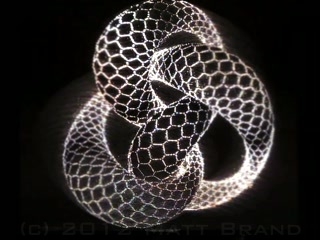
Aastha Patel – Alice in Calculand

In this imaginative, short book inspired by Alice in Wonderland, Aastha transports readers into “Calculand,” where Alice encounters the Mad Hatter, Cheshire Cat, and a delightfully silly caterpillar. Along the way, these whimsical characters introduce her to the core ideas of calculus: derivatives, limits, and the chain rule. With lively illustrations and playful storytelling, the project makes potentially intimidating concepts feel approachable. The judges admired the ingenuity of blending a beloved literary classic with mathematical ideas to create a welcoming doorway into calculus.
Click here to read Aastha’s book.











